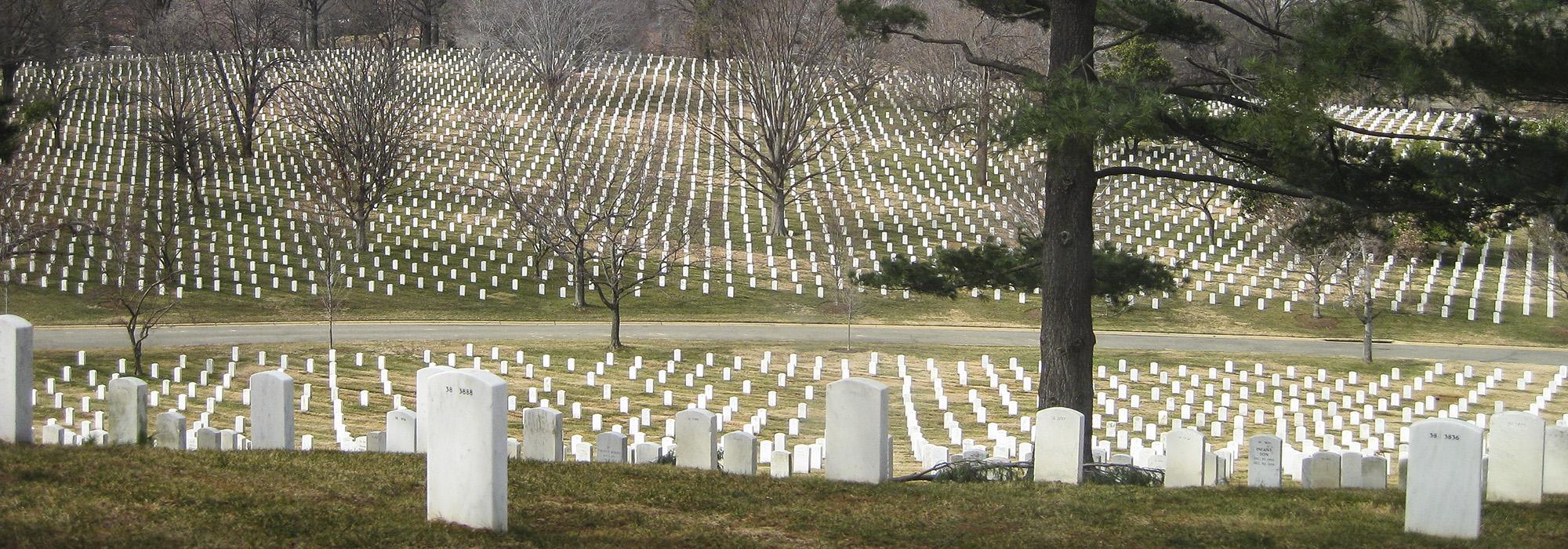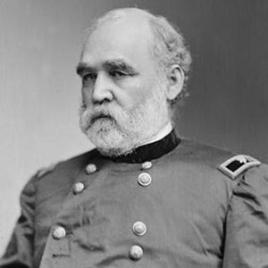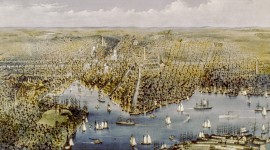Pioneer Information
Born in Augusta, Georgia, Meigs entered the University of Pennsylvania in 1831 but transferred to the United States Military Academy the next year, graduating fifth in his class in 1836. He briefly served in the Artillery, but moved to the Engineer Corps, where his training as a civil engineer was put to use on several projects. From 1852 to 1860, he supervised construction of the Washington (D.C.) Aqueduct and, to support it, the Union Arch Bridge, which remained the longest masonry arch bridge in the world for decades after its completion. From 1853 to 1859, Meigs administered the extension of the U.S. Capitol and the construction of its dome, and, in 1861, he was promoted to brigadier general, and then quartermaster general, of the Union army.
In 1864 Meigs chose the grounds of Arlington House, the former plantation home of Robert E. Lee, as the site for a new military cemetery. There he directed the original survey and layout of what would become Arlington National Cemetery. As early as 1870, he sought guidance about plantings for military cemeteries from Frederick Law Olmsted, Sr., who advised him to design such spaces to resemble sacred groves, graced by trees and enclosed by walls. It appears that Meigs implemented that vision, as attested by the many mature trees at Danville National Cemetery, for example. Meigs also oversaw the design of the standardized, stone superintendents’ lodges that replaced wooden structures at national cemeteries. The lodges, with their characteristic mansard rooves, can still be seen at Poplar Grove National Cemetery and Cold Harbor National Cemetery, among others. Meigs died in Washington, D.C., and was interred with military honors in nearby Arlington National Cemetery.














